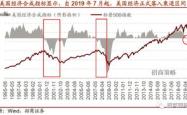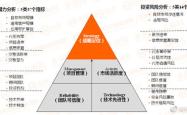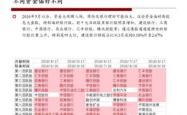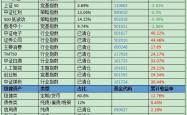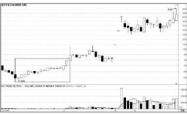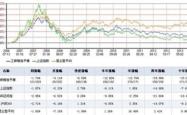股票账户借用他人使用
Title: Understanding Margin Trading in Stock Accounts
In the world of stock trading, margin accounts offer investors the opportunity to leverage their investments, potentially amplifying gains but also increasing risks. Let's delve into the concept of margin trading, its mechanics, risks, and best practices.
What is Margin Trading?
Margin trading involves borrowing funds from a brokerage to purchase securities, using the investor's existing investments as collateral. Essentially, it's a loan from the brokerage, allowing investors to buy more stock than they could with just their available cash.
Mechanics of Margin Trading:
1.
Initial Margin Requirement:
When opening a margin account, investors must meet the initial margin requirement, typically a percentage of the total purchase price of the securities.
2.
Maintenance Margin:
Once the position is open, investors must maintain a minimum account balance, known as the maintenance margin. If the account falls below this level due to losses, the investor may receive a margin call.
3.
Margin Call:
A margin call occurs when the account value drops below the maintenance margin. To cover the shortfall, the brokerage may require the investor to deposit additional funds or sell securities.
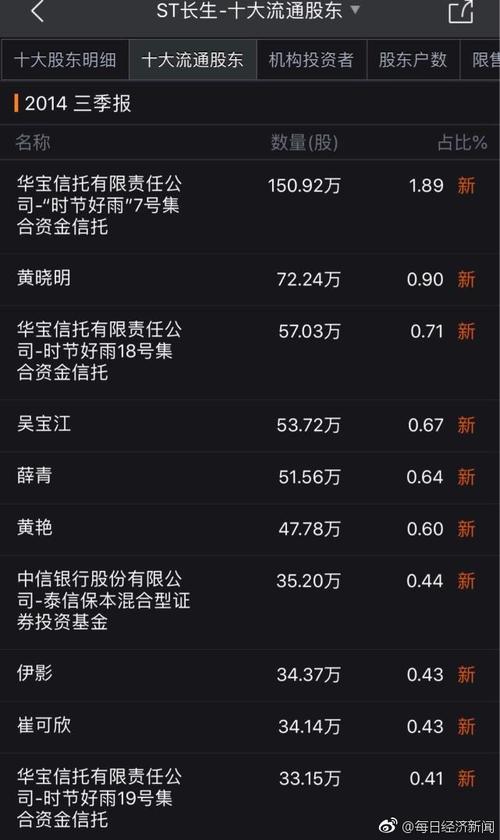
4.
Interest Rates:
Investors must pay interest on the borrowed funds. The rate can vary depending on the brokerage and the amount borrowed.
Risks Associated with Margin Trading:
1.
Magnified Losses:
While margin trading can amplify gains, it also magnifies losses. If the value of the securities purchased declines, the investor could face significant losses, potentially exceeding their initial investment.
2.
Margin Calls:
Failing to meet margin requirements can result in a margin call, leading to forced liquidation of positions or additional cash deposits, which may not always be feasible for the investor.
3.
Interest Costs:
Borrowing funds on margin incurs interest costs, which can eat into profits and exacerbate losses if trades do not perform as expected.
4.
Market Volatility:
Margin accounts are particularly vulnerable to market volatility. Sudden price swings can lead to rapid changes in account value, increasing the likelihood of margin calls.
Best Practices for Margin Trading:
1.
Risk Management:
Before engaging in margin trading, assess your risk tolerance carefully. Only invest what you can afford to lose, considering the potential for magnified losses.
2.
Understand Margin Requirements:
Familiarize yourself with the margin requirements of your brokerage. Know the initial and maintenance margin levels, as well as the consequences of margin calls.
3.
Monitor Positions Regularly:
Keep a close eye on your margin positions and account balances. Be prepared to act swiftly if the market moves against you to avoid margin calls.
4.
Diversification:
Diversify your investments to spread risk across different assets. Avoid concentrating too much capital in one position, which could increase vulnerability to market fluctuations.
5.
Stay Informed:
Stay updated on market trends, news, and events that could impact your investments. Knowledge is key to making informed trading decisions.
Conclusion:
Margin trading can be a powerful tool for experienced investors, offering the potential for increased returns. However, it comes with significant risks that require careful consideration and risk management. By understanding the mechanics of margin trading, recognizing the associated risks, and adhering to best practices, investors can navigate the world of margin trading more confidently and responsibly.
免责声明:本网站部分内容由用户上传,若侵犯您权益,请联系我们,谢谢!联系QQ:2760375052

